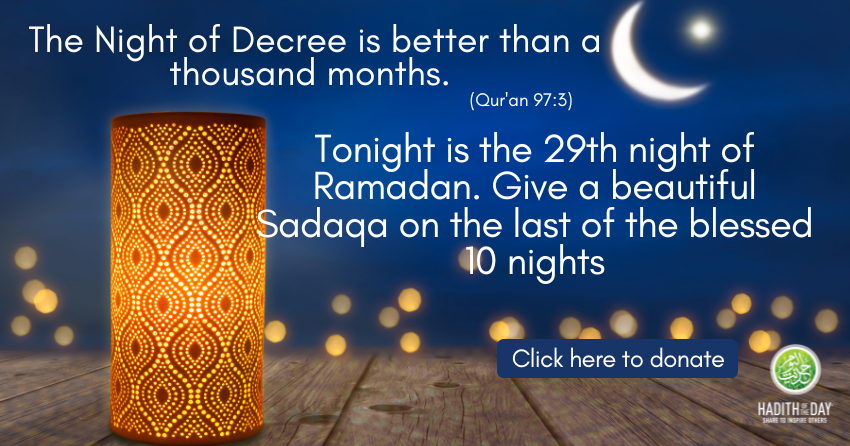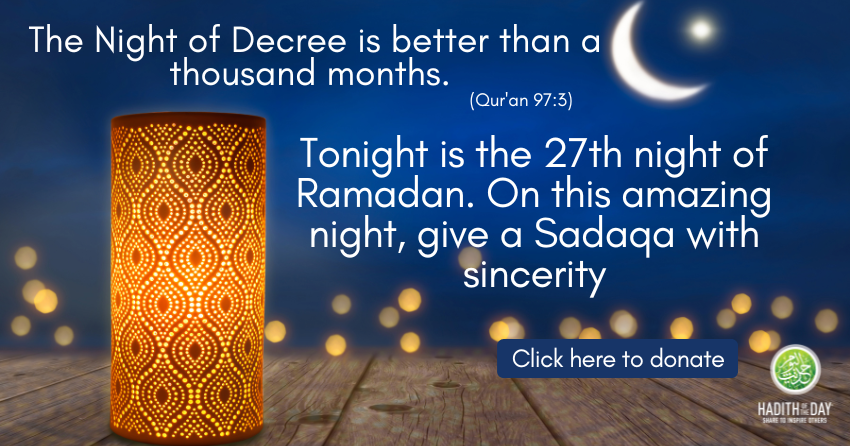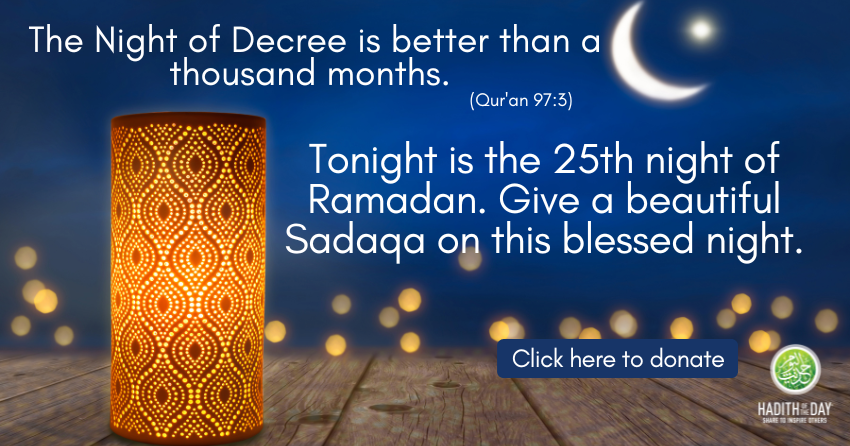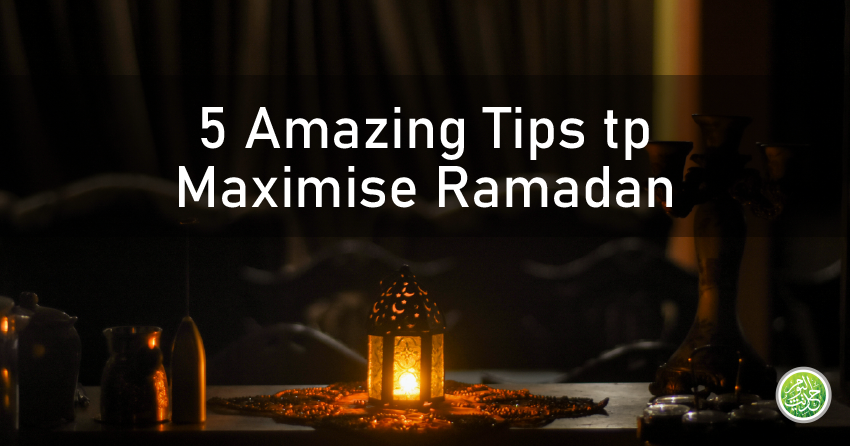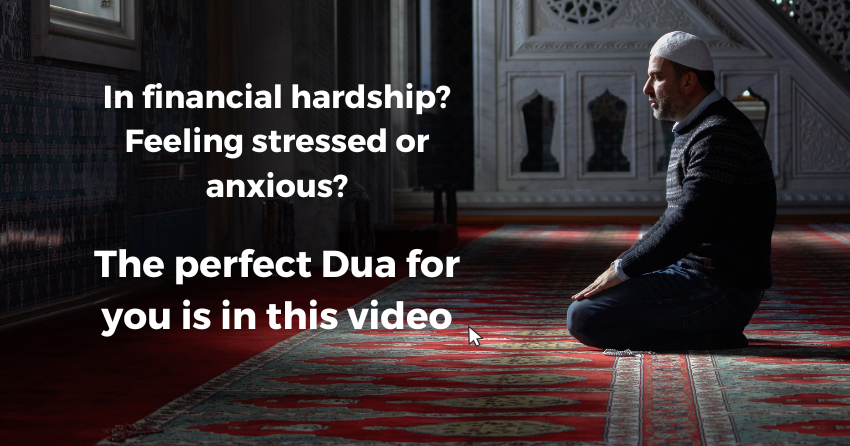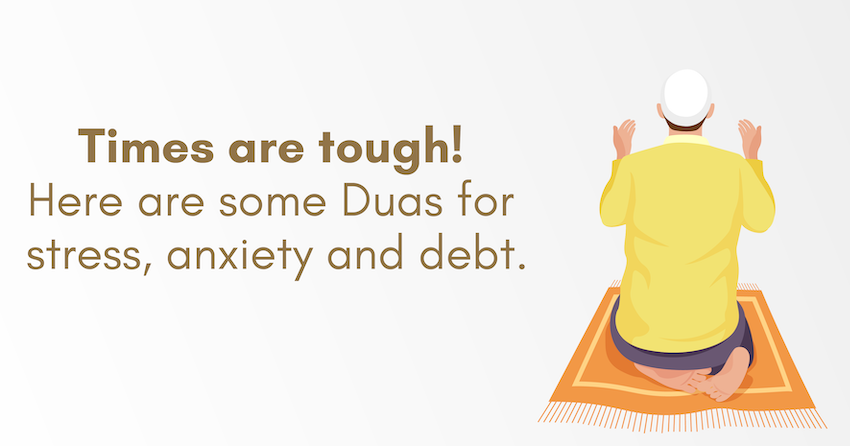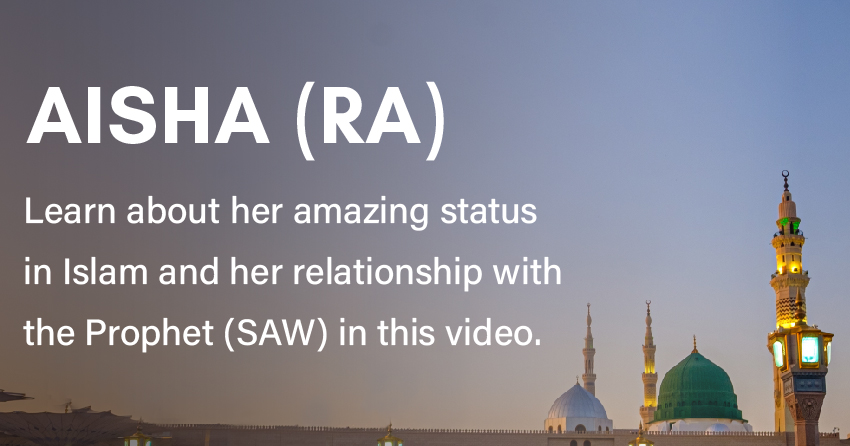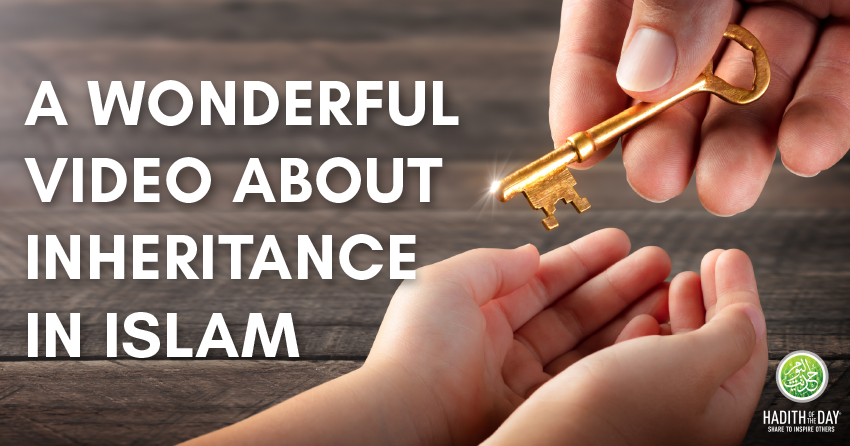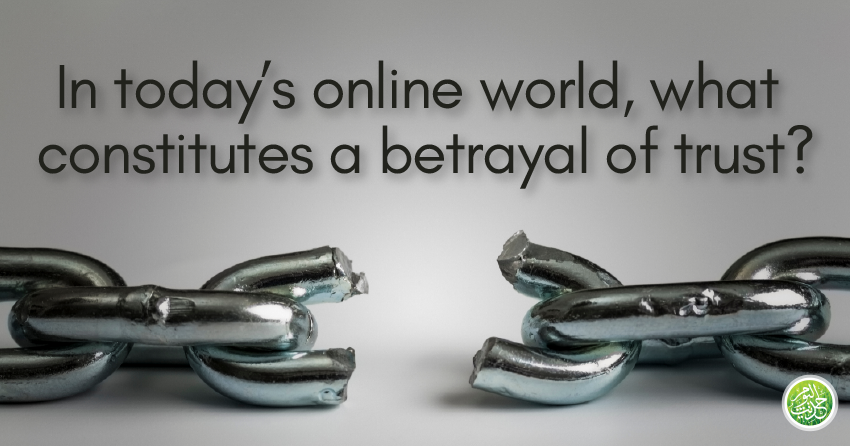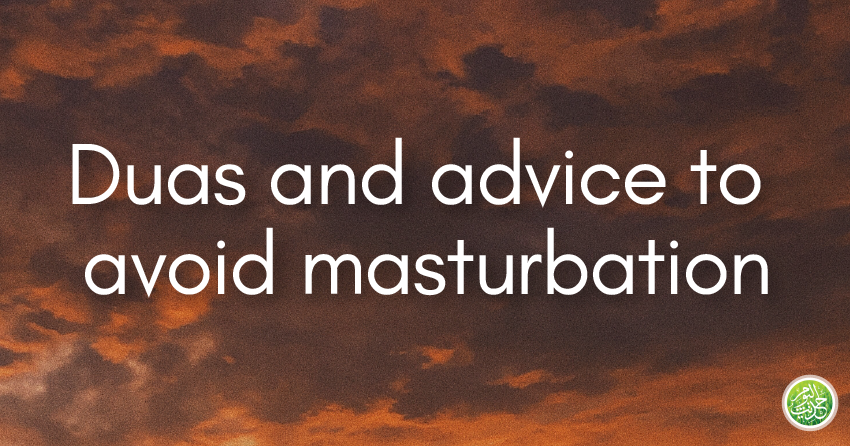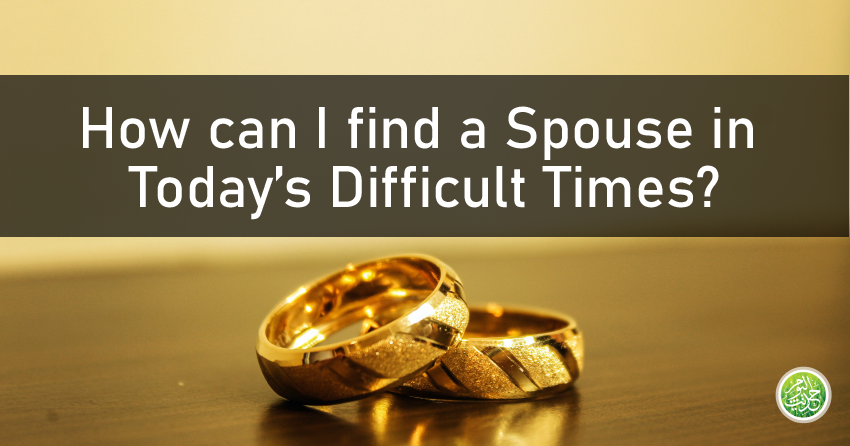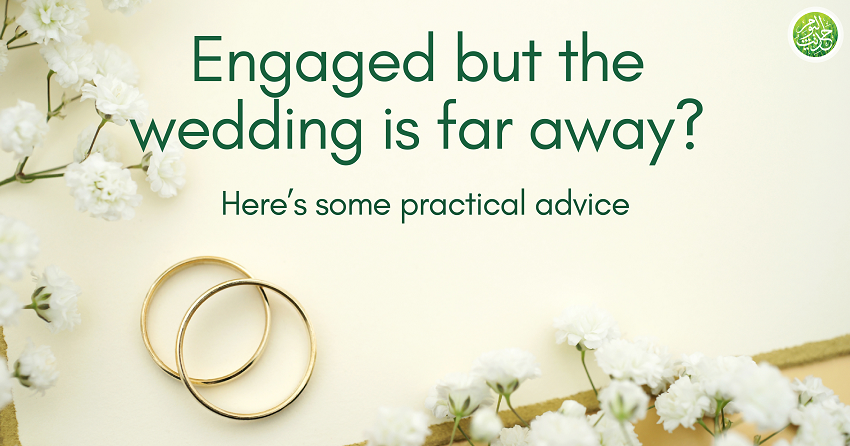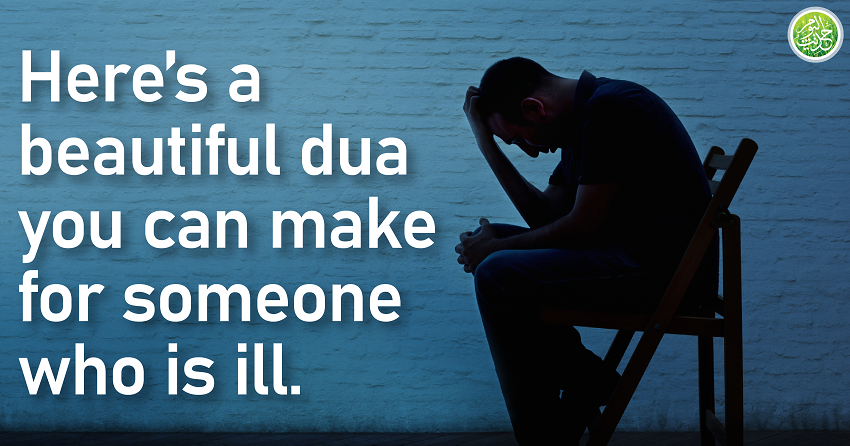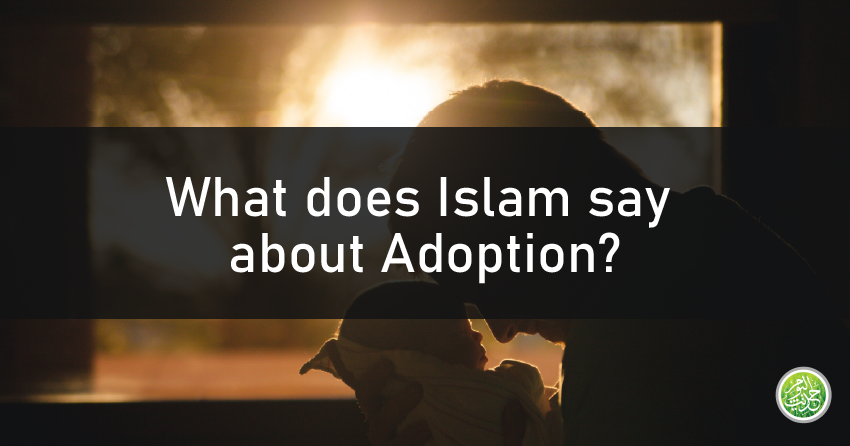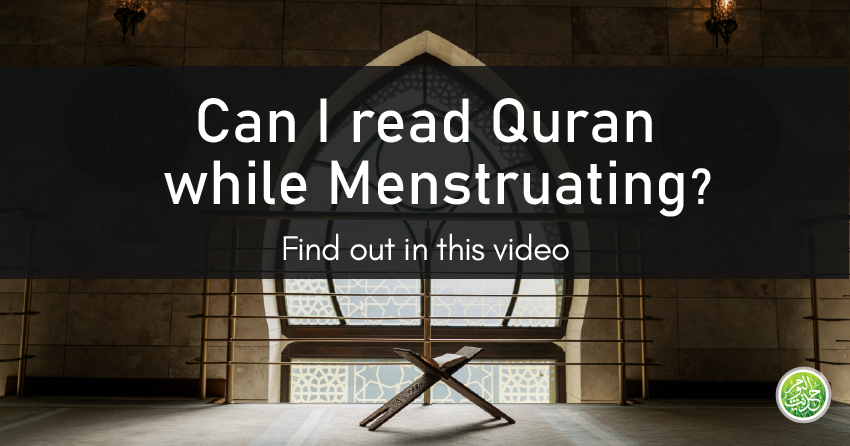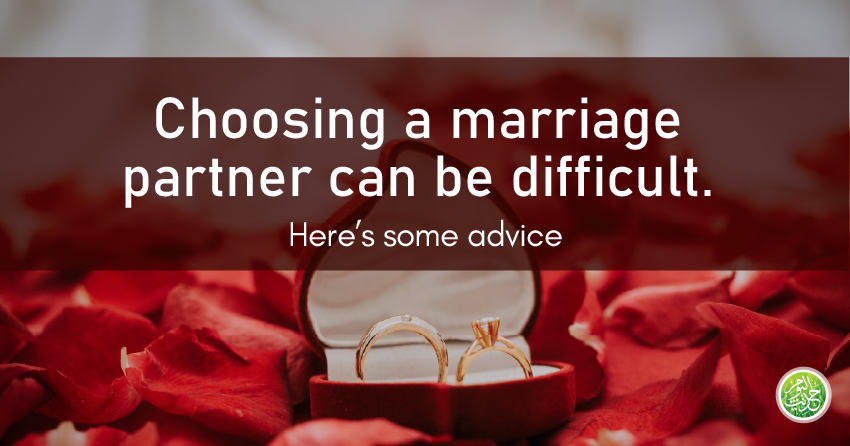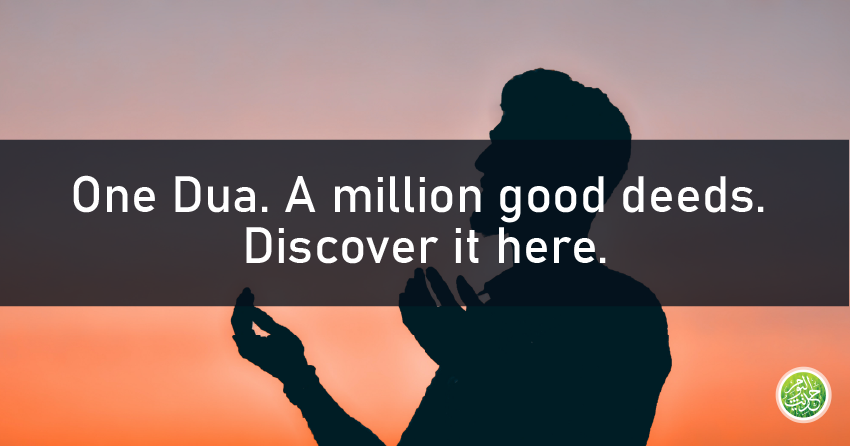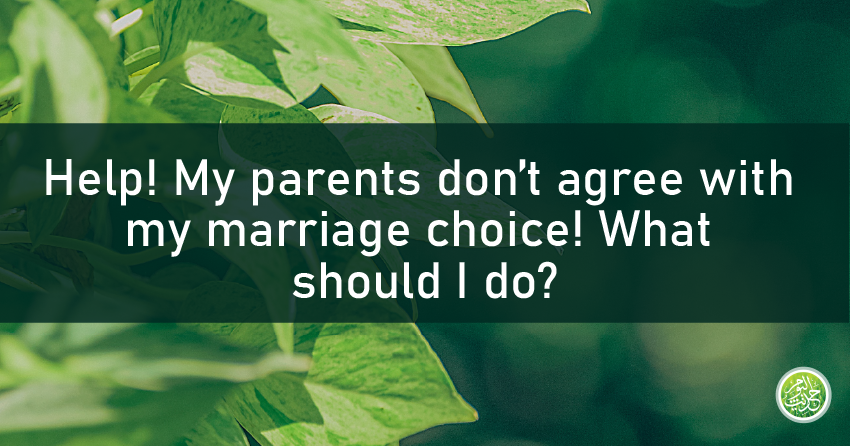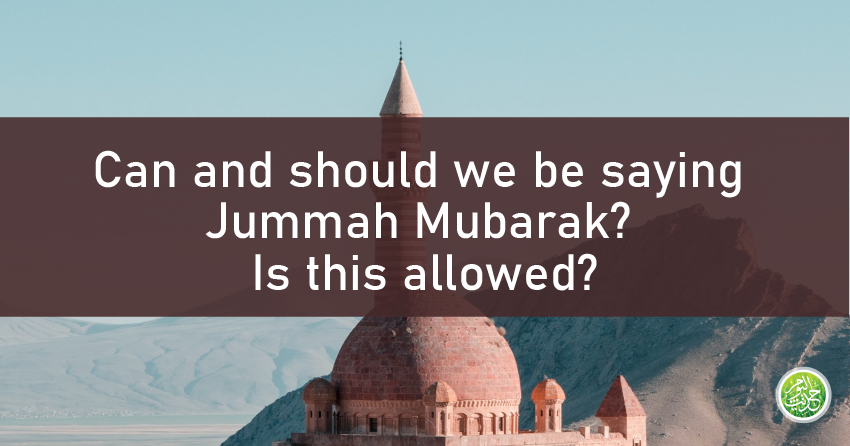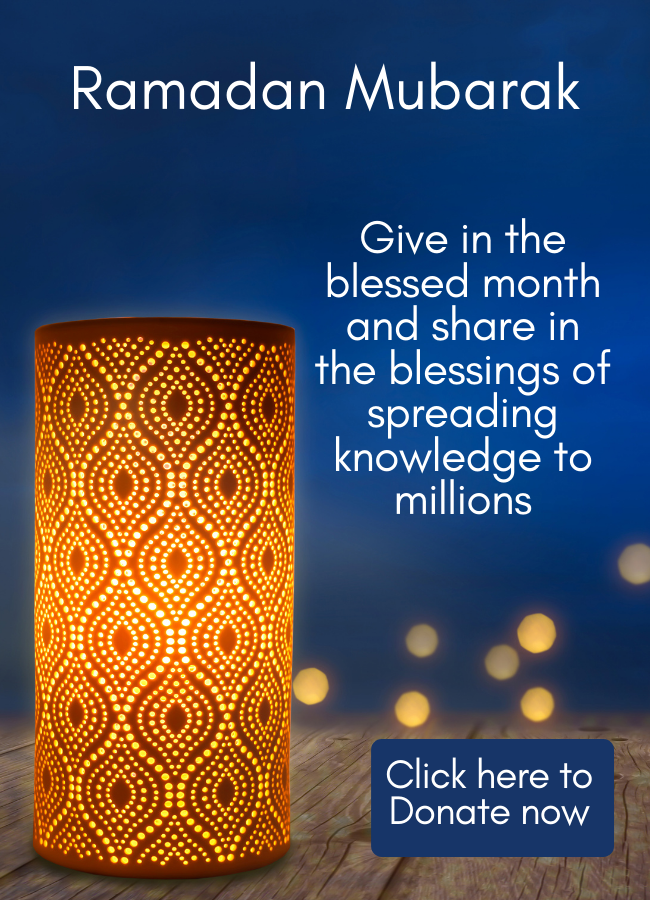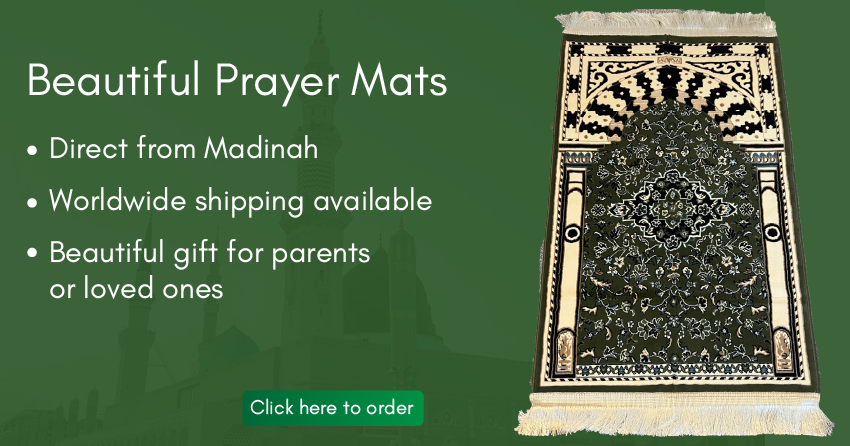Intercultural & interfaith marriages

Muslims across the globe represent diverse ethnic and racial backgrounds and this has lead to an increase in intercultural and interfaith marriages. Despite the taboo amongst parents in some sections of the Muslim community of marrying “outside” of one’s race, culture or religion, there is an emerging trend of young couples marrying based solely on religion, disregarding culture or race, and yet other couples choosing to marry a spouse of a different religion altogether. These types of marriages can have stresses and strains beyond those experienced in most marriages because they have “built-in” differences in areas that are particularly sensitive to the families of origin, and will at times require extra effort from the couple in building bridges in order to create a strong and lasting marriage.
Of course, all couples, whether of the same background or not, will encounter differences in their marriage. Individuals come from different “family cultures,” where roles and expectations were inherited and then transferred into their own marriage dynamics. Couples who were raised in the West may have similar cultural values even though their families of origin come from different cultures. Therefore, all couples must learn to manage and resolve their differences in a marriage even if they share the same cultural and religious background. However, when a relationship is interfaith and/or intercultural, couples must learn to be proactive because disagreements in their relationship may be broader as a result of their different inherited values.
Research has shown that three core areas have added challenges in intercultural and interfaith marriages. These three areas are: (1) Communication styles, (2) Extended family relationships, and (3) Parenting practices.
1) The Language Of Communication
A couple from different cultural backgrounds can face extra challenges when communicating and listening to one another. This is not necessarily because they don’t speak the same language, but rather because cultures tend to impact the manner in which individuals expresses themselves. Depending on the upbringing, people will differ in how loudly and quickly they communicate, even if both husband and wife communicate in English. In addition, each individual’s culture has shaped how she or he argues, teases, jokes and listens, as well as the idiosyncrasies and body language they use. Therefore, misunderstandings in communication because of varying language barriers or cultural nuances can cause conflict in marriages.
A couple must learn to be sensitive to their partner’s communication style as well as understand the influence their upbringing has had on how they communicate a message. Once a couple effectively learns their partner’s “language of communication,” they will be able to diminish conflicts in this area.
2) In-Laws/Extended Families
Sometimes interfaith and intercultural issues are apparent early on in the relationship, often emerging as early as the wedding planning and lasting as long as the in-laws are around. These differences can involve the expectations of couples’ families of origin about the wedding ceremony or even influence over decisions. Couples may have differing attitudes regarding the role of their extended family in their marriage. Cultural values may dictate that in-laws must have a say in every decision surrounding the wedding or the couple may be expected to spend a specific amount of time with the in-laws once they are married. On the other hand, in-laws may be so deeply committed to their cultural identity that they are unable to appreciate the ways in which their adult child has adapted to the spouse’s culture; therefore they may limit contact to the “foreign family” or never warm up to the spouse. When in-laws avoid the new couple for personal reasons, it can cause stress to the marriage and family. Also, when the couple has children they will need to determine the relationships the in-laws have with their grandchildren and consider wider cultural or religious values in their interactions with extended family.
3) Parenting Practices
Parenting practices can also bring friction for an intercultural or interfaith couple in making religious, educational or cultural decisions for their children. Generally, most married couples are surprised to learn that when they become parents they each have different ideas of how to parent. However, when a couple has added their diverse cultural or religious values, they may find very different perceptions of how they feel their children should behave and be raised.
Areas such as which ‘mother tongue’ or mainstream language the children will learn, which holidays will be celebrated, and how faith will be transferred to the child, must be discussed before having children or even before marrying in order to reduce potential conflicts in the marriage. In addition, areas of discipline, expectations of appropriate gender behavior and teaching children manners are very much culturally derived, therefore couples need to compromise and determine what their own family vision will be once they have children. Conflicts can arise if a spouse feels their culture or religion is being devalued, or one spouse does not respect both their heritages nor share a mutual respect of their family backgrounds. Raising children with an appreciation for two cultures and two faiths can be enriching, but it can only happen if couples communicate their ideas and values with one another.
Problems and conflicts in intercultural and interfaith marriages are often because of assumptions and expectations that are made by the individual and couple. These expectations are infused into a person’s identity through their life experiences and family background. Individuals preparing for marriage are usually not even consciously aware of their unrealistic expectations and any potential conflicts that can occur in the marriage because of their culture or religion. Before a couple can decide how their beliefs and values will mesh with one another they must individually explore their core beliefs and values in order to gain self awareness of their personal identity. Once an individual is aware of what is most important to them personally they will be able to communicate with their spouse what type of family they envision raising their children in and better compromise their cultural and religious backgrounds to enrich their family life.
Dr. Joel Crohn explains in his book, Mixed Matches: How to Create Successful Interracial, Interethnic, and Interfaith Relationships the five basic patterns for managing cultural, racial and religious differences in a marriage intercultural and interfaith couples will go through any one of these patterns as they establish their family vision:
1) Transcendent: The couple adopts beliefs, traditions and rituals from multiple sources, including ones outside the cultures, races and religions of their origin. The couple’s spiritual practices may be nontraditional. This pattern is usually found with a couple that was not raised with any strong religious or cultural background and so they seek to create their own. This pattern is not typical of Muslim families as they have distinct religious and/or cultural values that they enter a marriage with and learn to compromise.
2) Secular: The couple takes a nonreligious approach to life and is minimally involved in the practice of cultural and religious beliefs, rituals and traditions. This pattern is evident in Muslim families and can emerge with couple’s who do not have strong ties to their religious background and may have weak ties to their cultural background. This approach does not encourage a development of culture or religion within the family practices nor in raising the children.
3) Bi-cultural: The couple tries to balance the beliefs, traditions and rituals from each partner’s cultural, religious and racial backgrounds. If there are two languages, the children will probably speak both. This pattern is common in many Muslim families as they seek to incorporate both cultures and infuse the language, food, dress and traditions of both cultures to their children. The couple appreciates and celebrates both spouse’s heritages. Within this pattern it may be difficult for families to balance both cultures and place an equal emphasis on both cultures indistinguishably.
4) Modified Bi-cultural: The couple adopts a single religion, either from one partner’s background or a mutually agreeable “compromised” religion and tries to honor the beliefs and traditions of both partners in a selective, but relatively balanced way. If there are two languages, the children may or may not speak both. This pattern is most common in Muslim families, where the child is raised with the Islamic faith and the couple compromises on the cultural practices that the family adopts with mutual respect for their family heritages and traditions and openness to creating new traditions. The balance that the couple strives towards, in this pattern, is practical as it is encourages the couple to compromise in developing their family traditions and a respect for culture is maintained.
5) Assimilated: One partner assimilates and converts to the beliefs, traditions and rituals of the other partner’s cultural, religious and racial background. This pattern can also be seen in many Muslim families where one spouse lets go of their religious or cultural background and completely adopts their spouses traditions. In the case of spouse’s that convert to Islam, there also is a letting go of their cultural background many times seeing it as “un-Islamic,” rather than adopting the positive cultural practices into their family traditions. Other couples will negate one spouse’s culture completely and adopt the dominate culture into their family traditions through food, dress and celebrations. This pattern requires little compromise and lacks the concept of mutual respect for each spouse’s heritage nor does it give children an opportunity to celebrate both cultures of the parents.
All couples, despite cultural and religious convictions will negotiate differences when entering a marriage. This is because two individuals come from two different families, and as a couple they will develop their own family identity by choosing the traditions, habits and beliefs they value and want to celebrate in their family and with their own children. The process of forming a family is more complex for couples of different cultures and religions. Yet, despite these complex challenges, successful intercultural and interfaith relationships have many personal benefits. Couples who are willing to manage differences with each other and their respective families generally promote communities that have more integrated identities and a greater appreciation for diversity.
As Allah declares,

“O Mankind. Indeed We have created you from male and female and made you into nations and tribes so that you may know [become acquainted with, recognize] one another…” (Qur’an, 49:13)
This process however, does not happen automatically; a successful and diverse marriage takes personal work and sensitivity to self and others. The rewards then are immeasurable.
Original Source: http://www.virtualmosque.com/relationships/marriage-family/spouse/intercultural-interfaith-marriages/
Since You’re Here… we have a small favour to ask.
In these extraordinary times, millions rely on HOTD for daily uplifting & inspiring content. Established since 2009 and with your kind support we’ve seen readers elevate their Imaan & strive for better on a daily basis. We’re committed to keeping our content freely available and open for all readers. Every contribution, however big or small, makes a difference and help us spread knowledge to millions daily
HOTD is something special, it’s a place where people can come to be inspired, to renew their faith, to learn and share knowledge, to fall in love with our faith and also our Prophet (peace and blessings be upon him and his family).
All content on HOTD is free. We believe what we do in this life builds for the next one and we work tirelessly with the aim to please Allah and inspire the global Muslim community as
well as providing information and inspiration for anyone interested in Islam. We simply cannot do this without your support and your support helps us continue our services.
If there were ever a time to join us, it is now. You can support HOTD and help sustain our future. Support Hadith of the Day and make a one-off donation or give regularly from as little as £10 a month Jazak’Allah Khayr – whatever you donate will come back to benefit you Insha’Allah as whatever is spent in the way of Allah is an investment in the future and the next life. Thank you.












